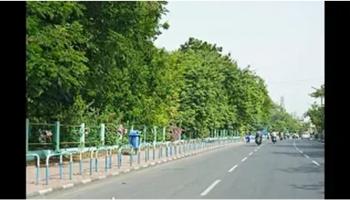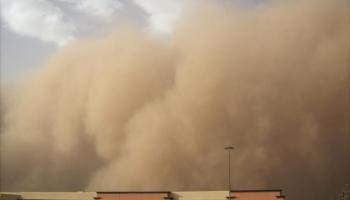Water Management
Earthen dams - a mulitmedia course
Posted on 11 May, 2009 01:22 PMEarthen dams are a very common and cost-effective watershed intervention. This multimedia course gives an understanding of the principles of earthen dams, the types of earthen dams and the parameters to be considered in their construction. It goes into the detail of the steps to be followed in constructing these dams.
Using GIS in water management system: case study of Bangalore Water Supply and Sewerage Board
Posted on 11 May, 2009 12:30 PMBangalore Water Supply and Sewerage Board (BWSSB) moved forward on developing a GIS in 1998-99 and along with other civic bodies of Bangalore (BDA , BMP, BESCOM and others) pooled resources for obtaining aerial photography and photogrammetrically compiled base map covering an area of 290 Sq Kms of Ban
Watershed development - a multi-media course by Samaj Pragati Sahyog
Posted on 11 May, 2009 12:04 PMThis course is part of a multimedia course series developed by Arghyam for the India Water Portal in collaboration with IT and domain experts.
A successful case of participatory watershed management at Ralegan Siddhi village in district Ahmadnagar, Maharashtra
Posted on 11 May, 2009 10:47 AMThis case study from FAO deals with participatory watershed management at Ralegan Siddhi village in district Ahmadnagar. In recent years the notion of sustainable development has emerged as a reaction to the highly technological and centralized processes that have governed thinking on development, the green revolution being a classic example.
Traditional water harvesting structures across India
Posted on 11 May, 2009 10:39 AMThis section from www.rainwaterharvesting.org deals with traditional water harvesting systems. Water has been harvested in India since antiquity, with our ancestors perfecting the art of water management. Many water harvesting structures and water conveyance systems specific to the eco-regions and culture has been developed.
- They harvested the rain drop directly. From rooftops, they collected water and stored it in tanks built in their courtyards. From open community lands, they collected the rain and stored it in artificial wells.
- They harvested monsoon runoff by capturing water from swollen streams during the monsoon season and stored it various forms of water bodies.
- They harvested water from flooded rivers
Waternama - a collection of traditional practices of water conservation and harvesting in Karnataka
Posted on 08 May, 2009 05:16 PMWaternama is a collection of traditional practices for water conservation and management in Karnataka. The book is produced by Communication for Development and Learning and edited by Sandhya Iyengar.
View/download the full book (29.2 MB)
Traditional water body restoration in western Rajasthan by Tarun Bharat Sangh
Posted on 08 May, 2009 01:01 PMThe NGO Tarun Bharat Sangh (TBS) was set up in the mid 1980's for rural development and environmental conservation work. Their work includes water, forest conservation and other social issues hence raising awareness and understanding of the natural world.
Purushwadi, Maharashtra - from parched land to fertile fields: a case study by WOTR
Posted on 08 May, 2009 12:37 PMTo develop a watershed means, conventionally, to treat this whole area in such a way so as to conserve and nurture the natural resources of the area. These natural resources chiefly include the soil and water.
MYRADA assesses the impact of planting trees on bunds in Kamasamudram, Karnataka: A field study
Posted on 05 May, 2009 10:46 AMIn 1991, MYRADA and the International Institute for Rural Reconstruction (IIRR), Philippines, with support from Ford Foundation, initiated a research-cum-action project in partnership with the farmers of Kamasamudram in Kolar district of Karnataka. MYRADA had already been working in these villages for several years and was familiar with the local people.
Making of community owned watershed structure in Nayakateni in Orissa
Posted on 04 May, 2009 01:14 PMNayakateni, a small village of 58 families underwent a process of transformation through the intervention of NYSASDRI. This case study outlines the process by which the community took development into their own hands and were able to design, implement and construct a water harvesting structure.







